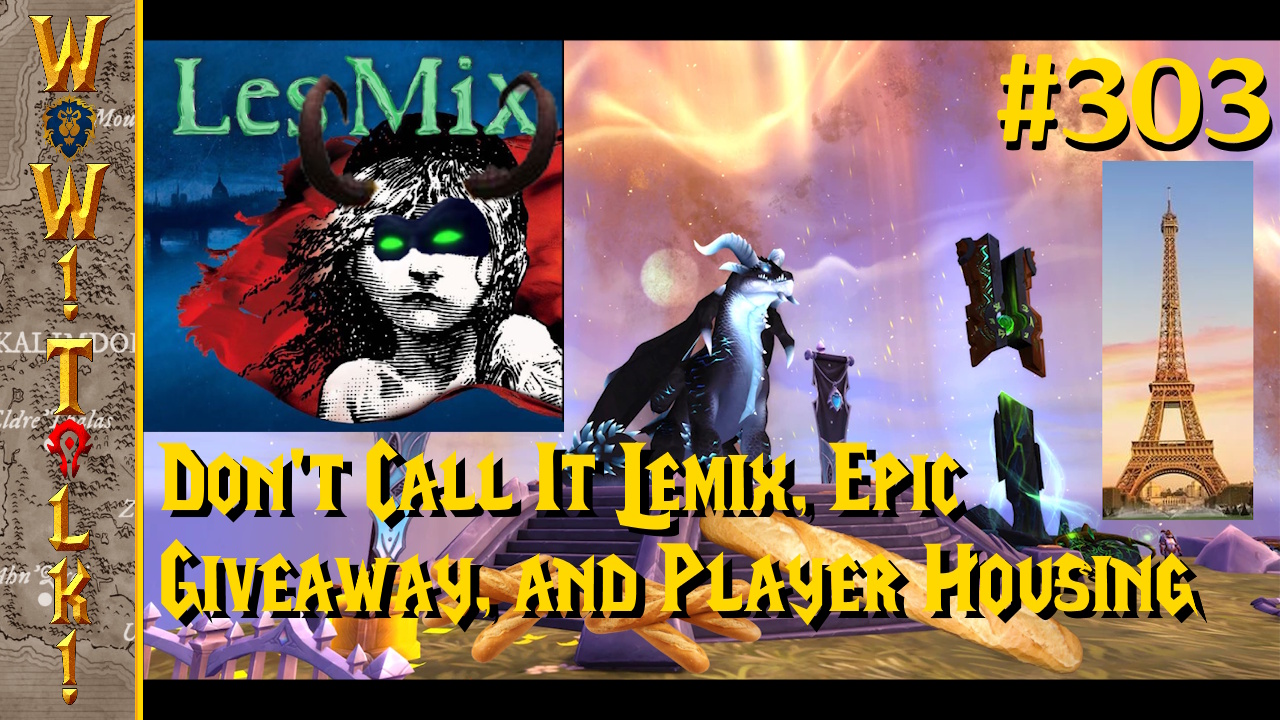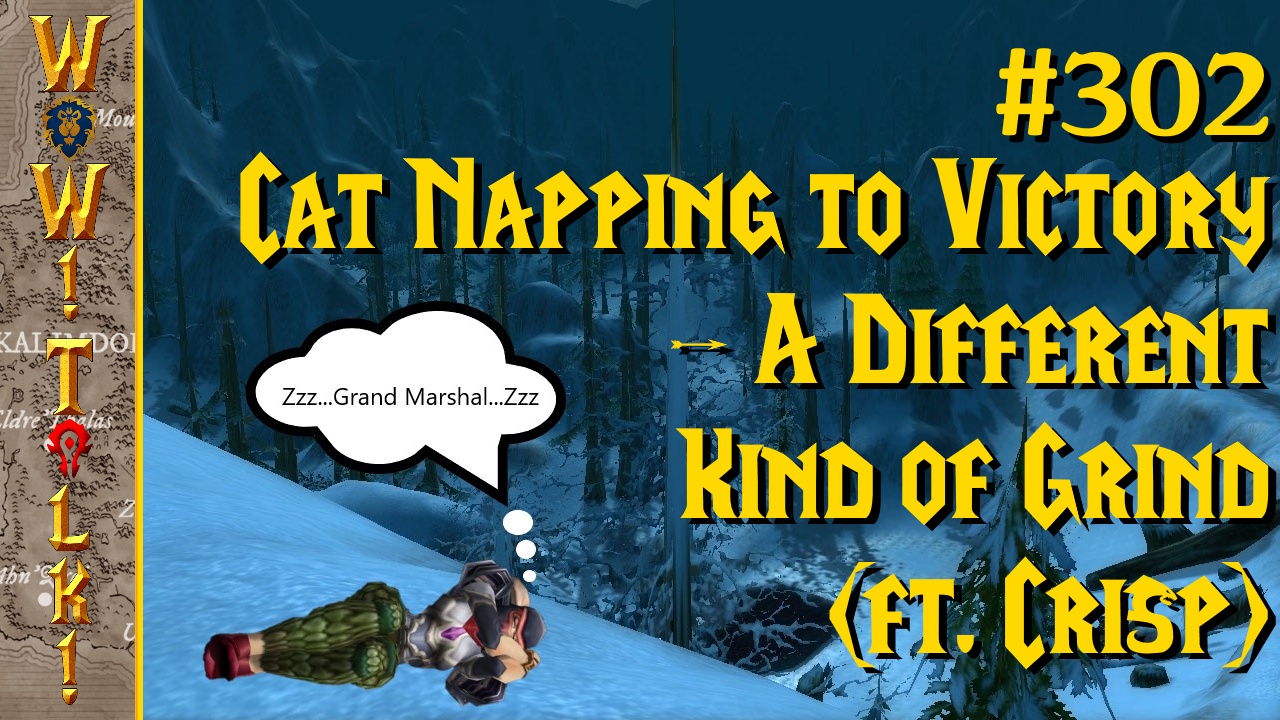
It was nearly thirteen years ago that I took my first cautious step outside of Kokiri Forest and saw it for the first time: the vast, rolling green hills of Hyrule Field. If you’re any kind of Zelda fan, then you too will fondly recall being awe-struck at the scope and beauty of it all. But that was then, and this is now. Dozens of adventure games and RPGs have dwarfed Ocarina of Time’s world since it debuted on the N64, just as hundreds of other games have eclipsed its graphical fidelity. With this 3DS remake, however, developer Grezzo and Nintendo have thrown an impressive new shine over classic gameplay that still holds strong today.
Quickly glancing at a screenshot or two might make one wonder just what all the fuss is about. But make no mistake, the visuals in this 3D remake are far beyond what the N64 was capable of producing. Sure, you could throw out some modern day handheld adventure titles that exceed what’s on display here, but you’d be missing the point. Nintendo and Grezzo were treading hallowed ground here, and had they strayed too far from the established course, the gargantuan Zelda fan-base would have been up-in-arms.
Rather than reinventing this landmark title, they paid the utmost respect to the developers’ original vision. The result, is a finished product that is far closer to Ocarina of Time’s concept art than what was achieved back in 1998. Go ahead, open up your gold preorder copy box and flip through the instruction manual if the years have clouded your memory. And if you don’t still have it handy — or you’re new to the game — just trust me on this one. For the first time; Link, Zelda, Darunia, Ganon and company look remarkably like what the artists intended them to.
You really have to see it in motion to appreciate the accomplishment, and I’m sure any series veteran will be caught with their jaw open when they see their favorite moments from the game come to life in astonishingly detailed fashion. I know I was. While there are a few areas that probably would have benefited from more touching-up, the developers have largely executed excellent judgement and outstanding execution in bringing the Hero of Time’s tale into the 21st century. As someone who considers OoT to be the finest game ever made, you can trust that I would not tell you this if it were not so.

Remember that shaky framerate from the ’98 version? Yeah, they took care of that. It’s nothing but rock solid 30 FPS for all but one segment of the adventure. The sole problem area I experienced was the penultimate fight with Ganondorf atop his tower. Each time I stunned him, the framerate would go to Hell and it even caused me to fall to the bottom once. An annoyance, to be sure, but a minor one considering how solid the entire rest of the adventure ran.
The N64, while a beast in its day, was also incapable of handling the vastly improved animations on display in Ocarina of Time 3D. This is an area that has seen drastic improvements over the last several years and those advancements were not lost on Grezzo. In some cases, the bump is so subtle that you’ll probably take it for granted — an overriding theme of the improvements in general. But, rest assured, the characters here move in ways that I never saw them do in any of my dozens of playthroughs of the original and Master Quest iterations of the Nintendo 64 game.
Every action looks better, but there are a key few that really put a smile on my face. The way Darunia’s enormous gut jiggled when he celebrated my felling of King Dodongo; King Zora’s even more gargantuan lard shaking as he scooted across his waterfall throne; each of the carpenters prancing merrily about in celebration of their release from Gerudo Fortress. These are just a few of the biggest testaments to expert work that’s been done on this remake. More common displays of agility, such as climbing ladders and duels with Gerudos, Stalfos and Iron Knuckles impress in their own right.

And what of the textures, you ask? They’ve been bumped up in just about every area, and do their part to create an exquisite new world for Link to explore. Veterans will immediately notice the stark change in appearance of the Kokiri Forest and Lost Woods. Those hideous walls of trees and blurry, grayish messes that made up backgrounds and cliff sides? Gone, every last one of them. Replacing them, are clear rock faces and actual trees; both of which go a long way in selling you on the idea of legitimately being in a forest. Impressive particle effects float through the air to push the mysticism of the Kokiri and their fairies to a previously unattainable level. The improvements will be lost on newcomers; instead, they will simply recognize this as a splendid handheld adventure with enticing graphics.
As for the titular 3D, it works to some extent. When you view a cut-scene or conversation with the 3d filter on, you’ll actually be treated to some excellent glasses-free 3D. The already-legendary scenes are now all the more engrossing as they pop to life in impressive fashion. Unfortunately, when you try to play the game itself in 3D, you’re going to run into some problems.
Even when playing with the slider dialed down, and when holding the unit completely still, you will experience a good degree of ghosting. I haven’t seen this mentioned anywhere else, so I spoke with fellow staffer Jason Wersits in regards to it, and he complained of the same issue. It’s quite a shame, because the effect is fantastic when there’s no movement, but it looks pretty rough the second you nudge Link in a direction. For the majority of the adventure, I played with the 3D turned off. You’d do well to do the same.




